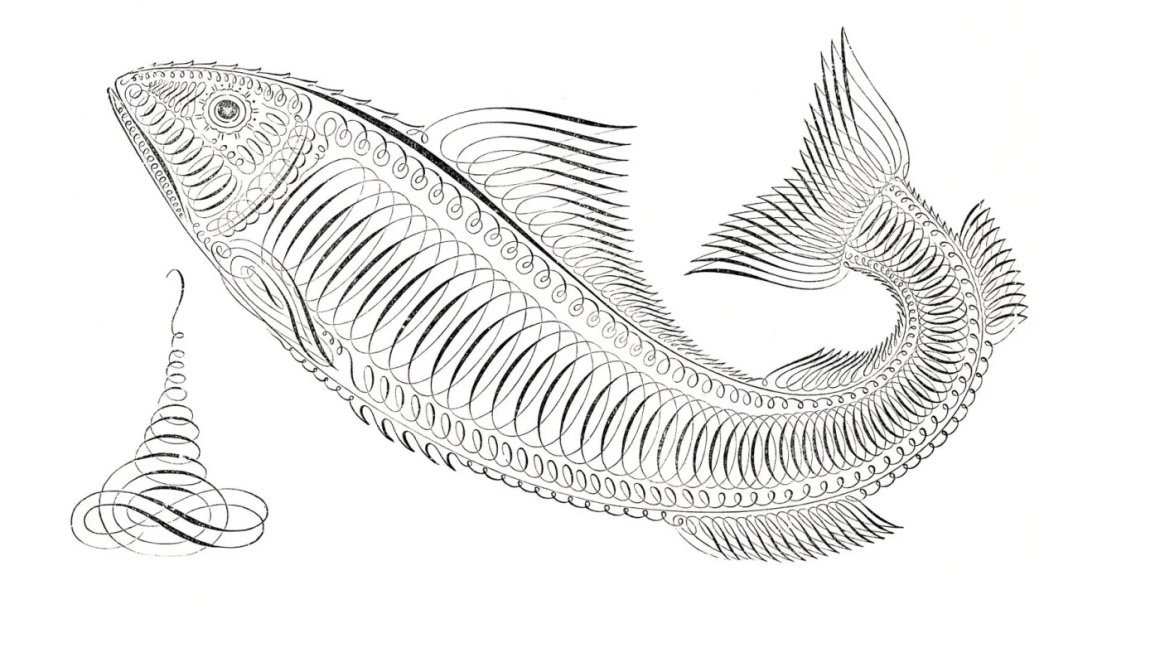Review: Footprints by David Farrier
By Rachel Rueckert
Welcome to the Anthropocene, to the daily awakening and reckoning with our drastic human impact on the planet. Amid the rapid-fire changes and staggering, ever-shifting projections, David Farrier steps into the conversation with his new book Footprints: In Search of Future Fossils, which invites us to consider “deep future”—a projection of far, far ahead—and the footprint we will leave behind. But Farrier, who is an English Literature professor at the University of Edinburgh, is not interested in merely facts and figures or simplistic doomsday thinking. He offers his own unique approach to consider deep future through the lens of narrative. Though not a scientist, Farrier is an expert in the power of stories and he is aware of their increased importance in the age of climate crisis. He uses stories to call us to action and to actively imagine our future and how we will be remembered. He poses a worthwhile question: what can stories offer us in considering the Anthropocene?
Farrier’s project seems straightforward at first glance: each chapter weaves together personal anecdote and research, iconic literature, and complex but easy-to-read, informative science. He jumps between present and past—including deep past and geological time—to imagine our deep future. Each chapter takes us on a tour by topic: the impact of building paved roads, the legacy of plastics by following the journey of a single bottle, what’s at stake for coastal cities amid rising oceans, the geologic “library” of history we lose with melting glaciers, the irreversible tragedy of dying coral reefs, our legacy of nuclear waste, the surprising resilience of jellyfish, and the troubling ways in which the global microbiome is changing.
There is, however, something radical and refreshing in Farrier’s approach. He collapses the silos of disciplines and specialties, ruptures boundaries and hierarchies between academic fields, and invites everyone to join the conversation as part of a collective humanity. In Farrier’s words, “Science can tell us a great deal about the world we’re making, but myth and poetry can also help us see how closely we live with the very distant future.” He writes that he wants to “discover the world we will leave behind” by speculating how future beings might view us. It seems the audience for Farrier’s project of imagining is not so much future beings—will there be anyone left to hear our stories?—but rather those of us living now; he writes to help us conceptualize our legacy in a way we cannot ignore. To this end, Farrier claims, “we need poets as much as we need paleontologists. With stories we can see the world as it is and as it might be; art can help us imagine how close we are to the extraordinarily distant future.”
In his quest to make meaning of our heavy human footprint, Farrier evokes a wide variety of writers, artists and thinkers of the past and present to illuminate our now and our future. In addition to science, he welcomes myth, legend, epics, history, magical realism, fables, essays, novels, sci-fi, plays, poems, philosophy, criticism, photography, painting, etc. For this reason, reading Footprints at times felt like going on a giant Easter egg hunt for familiar names. To lend some perspective, here is a fraction of those mentioned: Daniel Defoe, T.S. Eliot, Percy Shelley, John McPhee, James Boswell, Ralph Waldo Emerson, Hart Crane, Jack Kerouac, Bruce Chatwin, Ryszard Kapuścińki, Vladamir Nabokov, Seamus Heaney, Michael Mitchell, Joan Didion, Lewis Carroll, Edward Thomas, Roy Fisher, Ben Okri, Edward Burtynsky, J.G. Ballard, Asad Khan, Eleni-Ira Panourgia, Walter Benjamin, John Ruskin, Italo Calvino, W. G. Sebald, Hugh MacDiarmid, Jan Zalasiewicz, William Golding, Ursula K. Le Guin, Shakespeare, keith Arnatt, Roland Barthes, Virginia Woolf, Tété-Michel Kpomassie, Kurd Lasswitz, Jorge Luis Borges, Douglas Mawson, Gavin Francis, Michel Foucault, Arundhati Roy, John Muir, Captain James Cook, Ovid, Jane Ellen Harrison, Paul Klee, Homer, Alexis Wright, Sophocles, W. H. Auden, Clive Hamilton, Phillip K. Dick, Christian Bök, and Annie Dillard.
Imagine it. Imagine a giant rally of all of these voices in one space, united in a single cause: reflecting on our human legacy while also evoking present consciousness. That is the effect of reading Footprints. Farrier seems to say: this is sobering, and we need everyone. If there is a limitation to Farrier’s approach, it is that at times the central narrative can become inundated with all these voices, despite his careful contextualization. Readers less familiar with these texts may risk feeling alienated. The most successful chapters were well-rooted within the frame story of Farrier himself, where his own story felt central to themes of the chapter—the places where we see him as a character, on the ground, interviewing scientists, teaching his children about the Great Barrier reef, or peering into the frightening depths of an underground nuclear waste depository.
Readers interested in the power of imagination as it relates to the Anthropocene will find much to admire (and learn) in Farrier’s fresh approach to the topic. Farrier’s writing is engaging and multi-dimensional, leaving space to interpret, think, and feel—the power of narrative. His book makes the important argument that if we are unable to see, fathom, or make meaning of the long-term future, we risk ignoring our lasting impact as active characters, as shapers of this large, human story.
About the author:
Rachel Rueckert is a nonfiction MFA candidate at Columbia.
